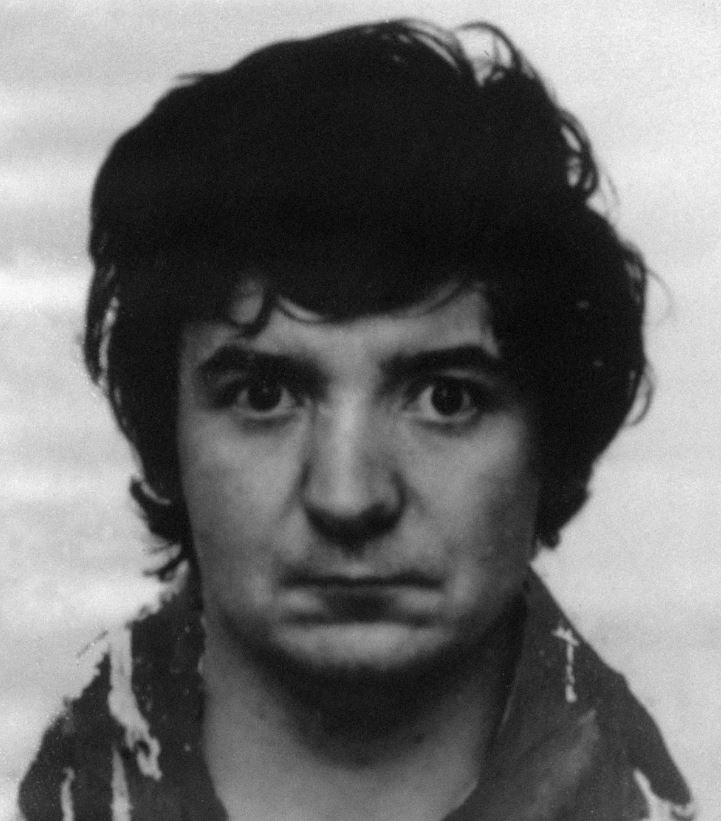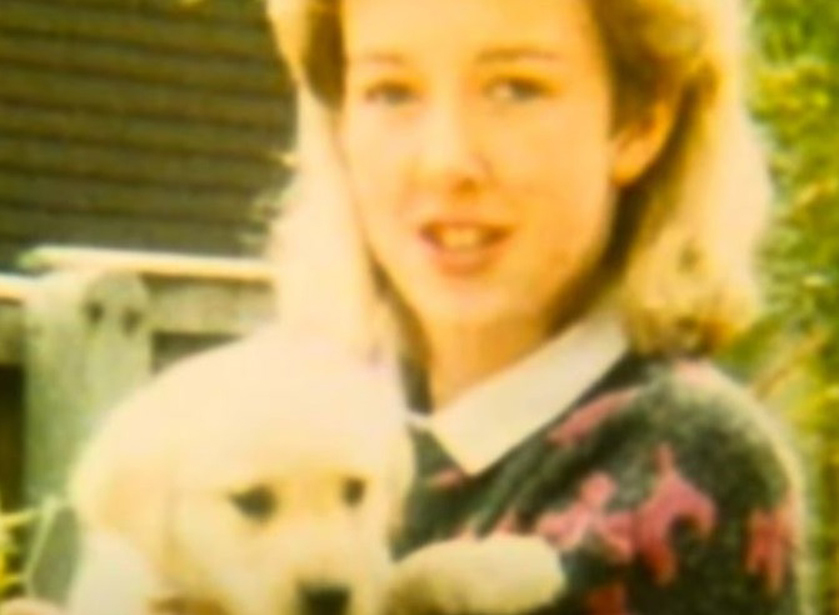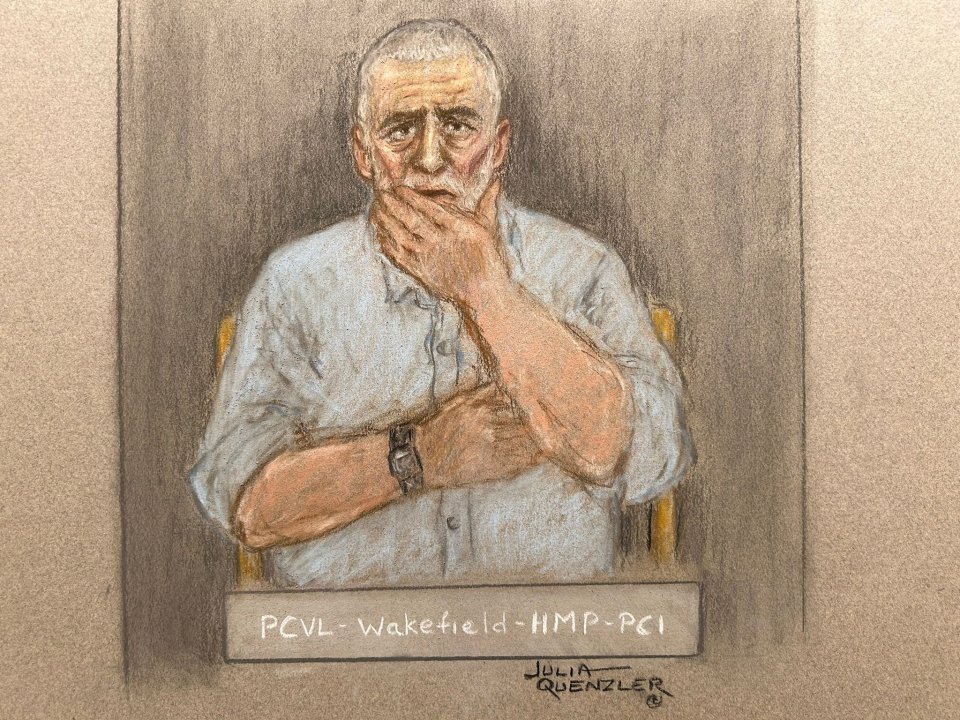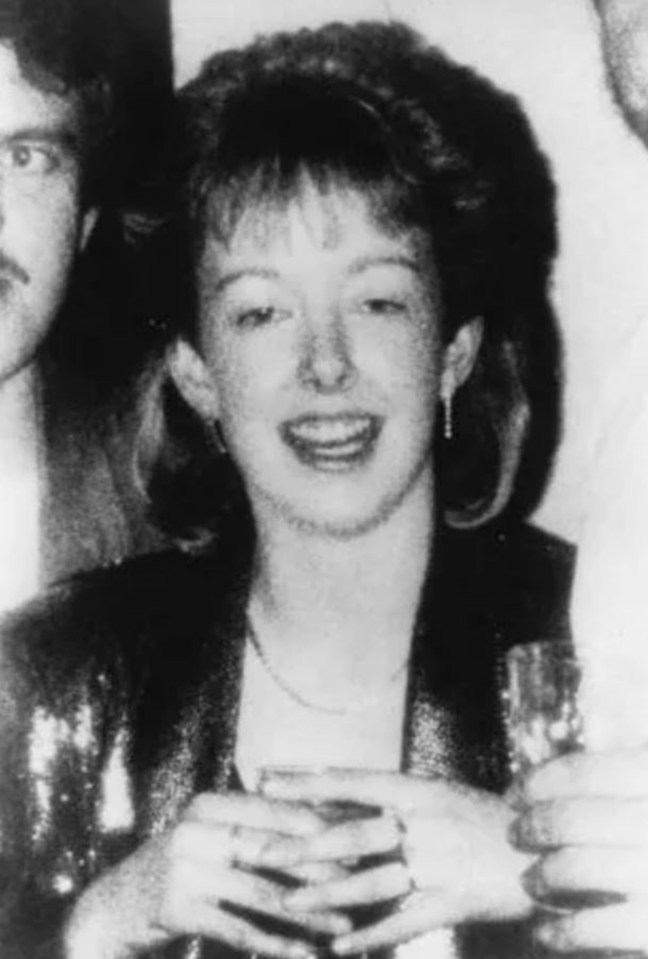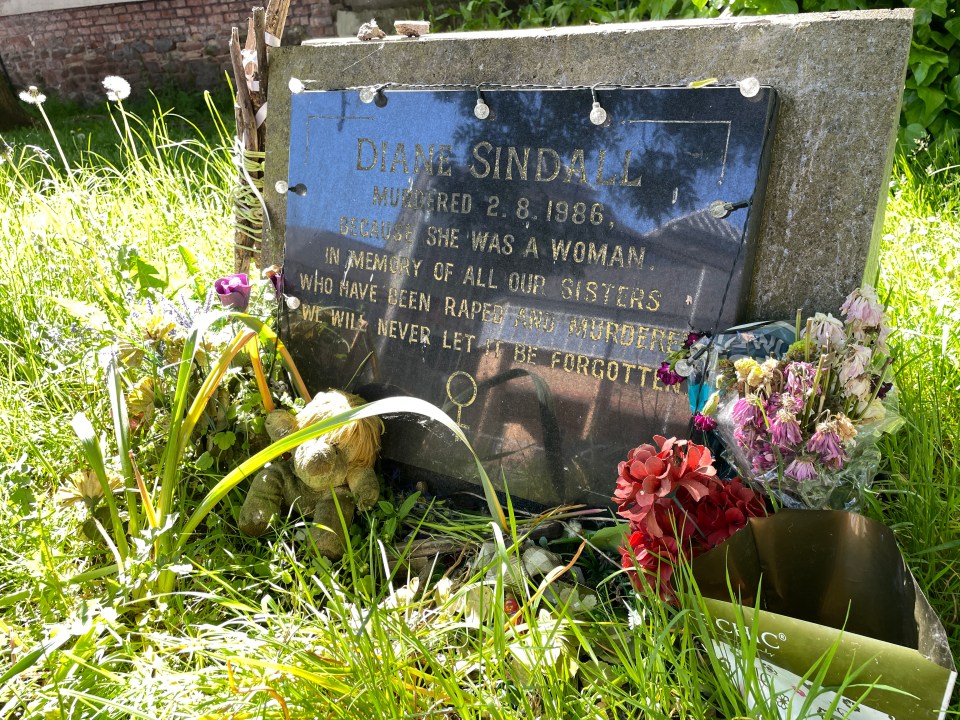PETER Sullivan is in line for a £1million compensation payout after spending 38 years in jail for a murder he didn’t commit.
The then 29-year-old was branded ‘Beast of Birkenhead’ after being wrongly convicted of killing 21-year-old Diane Sindall in 1986.
Yesterday, Mr Sullivan, 68, saw his conviction quashed following a review at the Court of Appeal.
It also means a new murder investigation has been launched to find Diane’s killer.
Mr Sullivan, who held his hand to his mouth and appeared tearful as the decision was handed down, said he was “not angry” and would “begin repairing what I made from the driftwood that is my life”.
In a statement released through his solicitor, Sarah Myatt, moments after the verdict, he said: “As God is my witness, it is said the truth shall set you free. It is unfortunate that it does not give a timescale.”
The victim of Britain’s longest miscarriage of justice left prison a free man last night.
Compensation from the Ministry of Justice is capped at £1million, which Mr Sullivan is now in line for.
The MoJ said: “Peter Sullivan suffered a grave miscarriage of justice, and our thoughts are with him and the family of Diane Sindall.
“We will carefully consider this judgment, looking at how this could have happened and making sure both Mr Sullivan and Diane’s family get the answers they deserve.”
Mr Sullivan’s release comes after new tests ordered by the Criminal Cases Review Commission revealed his DNA was not present on samples preserved at the time.
On the night of her murder, Diane had just left her shift as a part-time barmaid at a pub in Bebington when her small blue van ran out of petrol.
She was making her way to a garage when she was beaten to death and sexually assaulted in a “frenzied” attack.
Her body was discovered partially clothed on August 2 in an alleyway.
Diane’s belongings were later found close to where a small fire had been started – with a man seen running from the scene.
Mr Sullivan was said to have spent the day of the murder drinking heavily.
Following his arrest in September 1986, he was quizzed 22 times and denied legal advice in the first seven interviews – despite requesting it.
Mr Sullivan later “confessed to the murder” in an unrecorded interview a day after his arrest.
He then made a formal confession but the court was told this was “inconsistent with the facts established by the investigation”.
How do you get a conviction overturned?
PETER Sullivan was able to get his conviction overturned after receiving help from the Criminal Cases Review Commission (CCRC).
The CCRC is an independent body that investigates potential miscarriages of justice.
They will examine a case and decide whether it reaches the threshold for a miscarriage of justice.
If so, the case will be referred to the Court of Appeal – the only court that can overturn a conviction or sentence.
It can order a retrial in cases where a judge has made an error.
Any case sent for appeal must be heard by the courts but there is no guarantee the convictions will be quashed.
For the CCRC to be able to refer a case, there would need to be new information that may have changed the outcome of the case if the jury had known about it.
It also went against his earlier interviews, with Mr Sullivan retracting the admission later that day.
Since his conviction, questions have been raised about whether he had proper legal representation during his interviews.
Evidence related to bite marks on Diane’s body has also been called into question.
At the time of the case, DNA technology was not available and subsequent requests for new tests were refused.
Mr Sullivan first went to the CCRC for help in 2008 but they did not refer the sentence to the Court of Appeal.
He then launched his own appeal bid in 2019, which judges dismissed after ruling the bite mark evidence was not central to the prosecution at trial.
In 2021, Mr Sullivan went back to the CCRC and raised concerns over police interviews, the bite mark evidence and the murder weapon.
The independent body revealed Mr Sullivan’s DNA was not present on samples preserved at the time.
This led Merseyside Police to confirm they were “carrying out an extensive investigation in a bid to identify who the new DNA profile belongs to”.
The force revealed they had no matches on the police database but were contacting people previously identified in the original probe to request new samples.
The Crown Prosecution Service yesterday told the Court of Appeal the new evidence was enough to cast “sufficient” doubt on the conviction.
It also agreed the fresh clue was “reliable” and that the CPS “does not seek to argue that this evidence is not capable of undermining the safety of Mr Sullivan’s conviction”.
Duncan Atkinson KC, for the CPS, said: “The respondent considers that there is no credible basis on which the appeal can be opposed, solely by reference to the DNA evidence.
“On the contrary, the DNA evidence provides a clear and uncontroverted basis to suggest that another person was responsible for both the sexual assault and the murder.
“As such, it positively undermines the circumstantial case against Mr Sullivan as identified at the time both of his trial and his 2021 appeal.”
The judge said: “Strong though the circumstantial evidence undoubtedly seemed at the trial, it is now necessary to take into account the new scientific evidence pointing to someone else – the unknown man.
“If the new evidence had been available in 1986, the evidence as a whole would have been regarded as insufficient.
“In the light of that evidence it is impossible to regard the appellant’s conviction as safe.”
How often are convictions overturned in Britain?
Why was Peter Sullivan jailed?
Peter Sullivan was dubbed the “Beast of Birkenhead” for the 1986 murder of 21-year-old Diane Sindall in Bebington, Merseyside.
The day after Diane’s murder some of her clothes were found burning in a small fire on nearby Bidston Hill.
Passers by told police they recognised a man called “Pete” running out of bushes.
They also failed to pick him out of a line up.
More witnesses later came forward with descriptions matching Peter.
He was arrested for murder on September 23 after he gave officers a number of “completely different” accounts of his movements.
Sullivan later “confessed to the murder” in an unrecorded interview a day after his arrest.
He withdrew the apparent confession later that day.
Peter was not given a lawyer at this point because the police said it would have been a “hindrance to the enquiry”.
He was only given a solicitor two days after his arrest.
The prosecution during his trial focused on his confessions, which were withdrawn, and supposed evidence from a dental expert that matched a bite mark on Diane to Peter’s teeth.
Why was Peter Sullivan cleared?
New tests ordered by the Criminal Cases Review Commission revealed his DNA was not present on samples preserved at the time.
The judge said: “Strong though the circumstantial evidence undoubtedly seemed at the trial, it is now necessary to take into account the new scientific evidence pointing to someone else – the unknown man.
“If the new evidence had been available in 1986, the evidence as a whole would have been regarded as insufficient.
“In the light of that evidence it is impossible to regard the appellant’s conviction as safe.”
The Crown Prosecution Service today told the Court of Appeal the new evidence was enough to cast “sufficient” doubt on the conviction.
It also agreed the fresh clue was “reliable” and that the CPS “does not seek to argue that this evidence is not capable of undermining the safety of Mr Sullivan’s conviction”.
Sullivan first went to the CCRC for help in 2008 but they did not refer the sentence to the Court of Appeal.
He then launched his own appeal bid in 2019, which judges dismissed after ruling the bite mark evidence was not central to the prosecution at trial.
In 2021, Sullivan went back to the CCRC and raised concerns over police interviews, the bite mark evidence and the murder weapon.
The independent body revealed Sullivan’s DNA was not present on samples preserved at the time.
This led Merseyside Police to confirm they were “carrying out an extensive investigation in a bid to identify who the new DNA profile belongs to”.
How often are convictions overturned in Britain?
In Britain, convictions are overturned in a small percentage of cases.
The Criminal Cases Review Commission (CCRC) reviews cases where there’s a concern about a miscarriage of justice.
They only refer around 3.5% to the Court of Appeal.
Of those referred, approximately 70% are successful, resulting in a total overturn rate of about 2.5% of all cases presented to the CCRC.
Compensation
The Miscarriage of Justice Compensation Scheme enables some people in England and Wales who have had their conviction overturned (or quashed) by the courts to apply for compensation.
To be eligible to apply for compensation, any of the following must apply:
- The individual’s appeal was successful and it was submitted 28 days or more after their conviction in the Crown Court, or 21 days or more after sentencing for a conviction in a magistrate’s court.
- The individual’s conviction was overturned after it was referred to the Court of Appeal by the Criminal Cases Review Commission (CCRC).
- The individual has been granted a free pardon.
